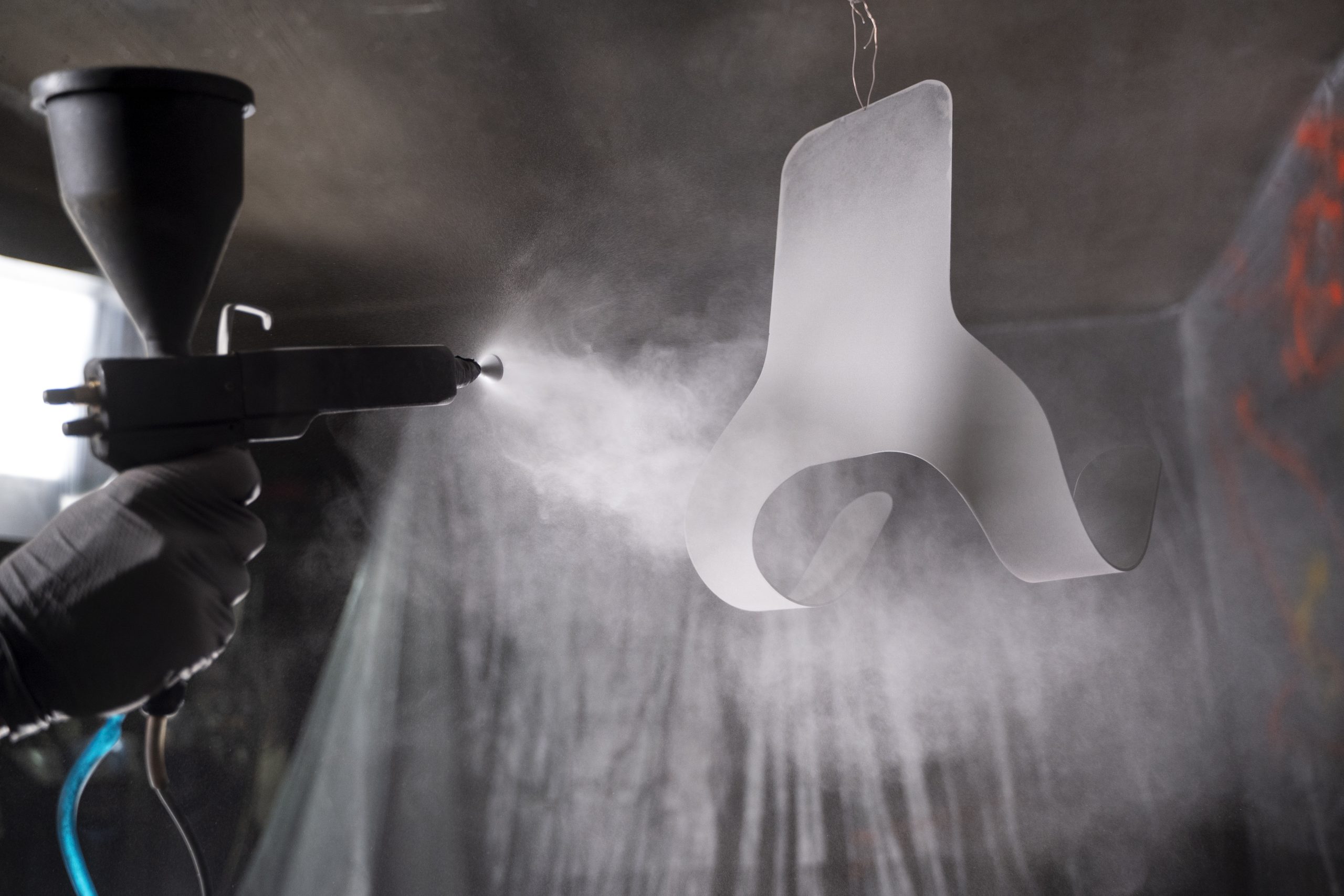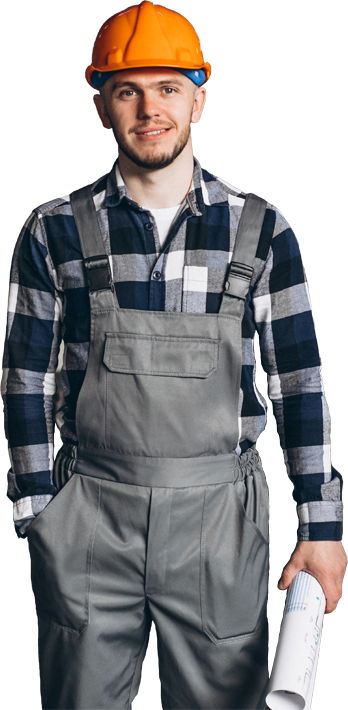Description
A powder coating machine is the heart of a powder coating system, used to apply a dry finishing powder to a conductive workpiece. Here’s a breakdown of its key components:
Main Parts:
- Hopper: This container holds the powder and feeds it into the system.
- Feed Mechanism: This can be a screw or vibration system that regulates the flow of powder from the hopper.
- Electrostatic Gun: The gun negatively charges the powder particles.
- Air Atomizer: Compressed air blasts the charged powder particles out of the gun towards the workpiece.
The Coating Process:
- Powder Feed: The powder feed mechanism pushes the powder from the hopper towards the gun.
- Electrostatic Charging: As the powder flows through the gun, it passes by an electrode which charges the particles negatively.
- Air Atomization: Compressed air blasts the charged particles out of the gun nozzle.
- Attraction to Workpiece: The grounded workpiece attracts the oppositely charged powder particles, causing them to adhere to its surface.
- Curing: The coated workpiece is then conveyed to a curing oven where the powder melts, forming a smooth and durable finish.
Types of Powder Coating Machines:
- Manual: Requires a skilled operator to maneuver the spray gun for even coating.
- Automatic: Uses robotic arms or conveyor belts to automate the spraying process for high-volume production.
- Electrostatic vs. Tribo: Electrostatic guns are more common, using electricity for charging. Tribo guns use friction to charge the particles, suitable for specific materials.
Additional Considerations:
- Powder Coating Booth: A ventilated booth captures excess powder for reuse and maintains a safe work environment.
- Curing Oven: Heats the coated workpiece to a specific temperature to cure the powder and achieve the desired finish.
Overall, a powder coating machine offers a versatile and efficient way to apply a durable, attractive finish to various metal products.


